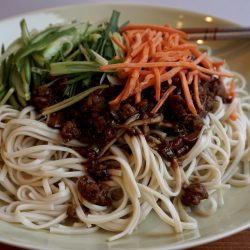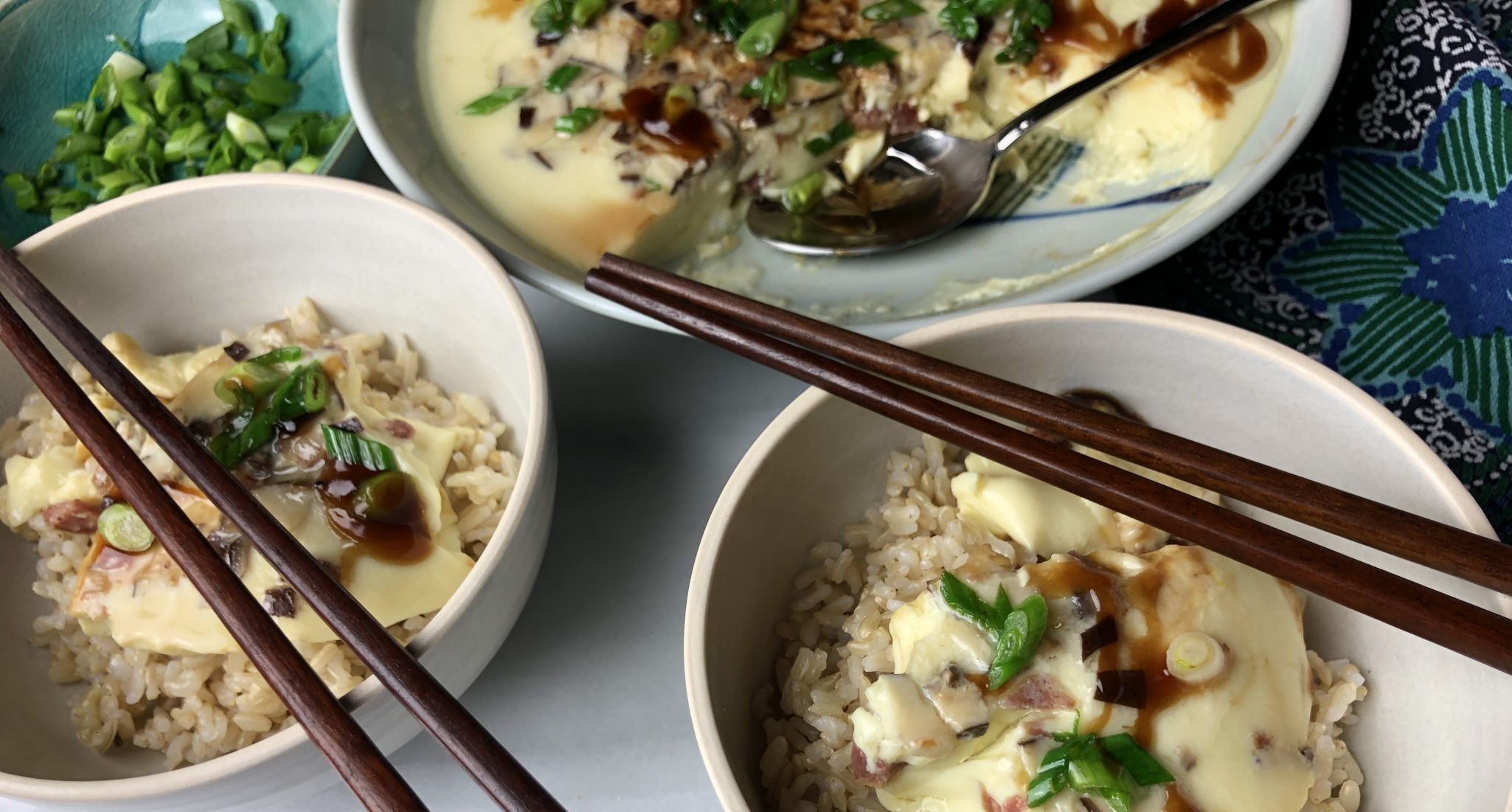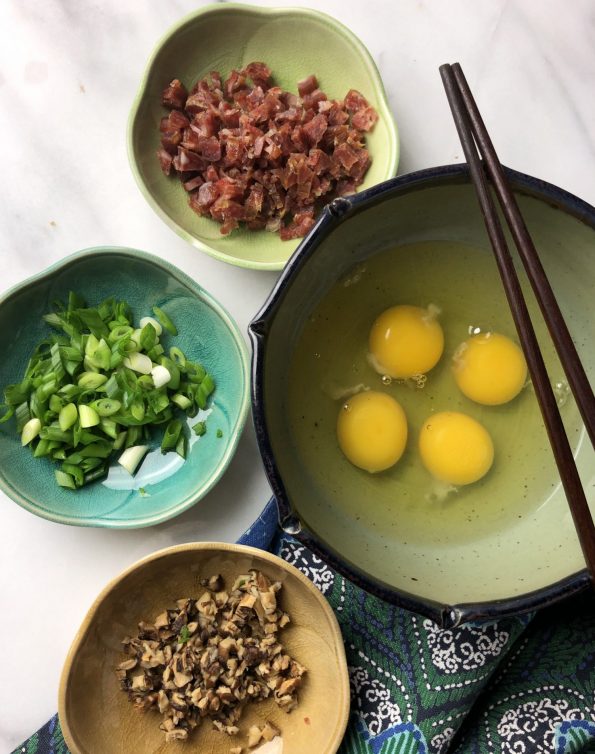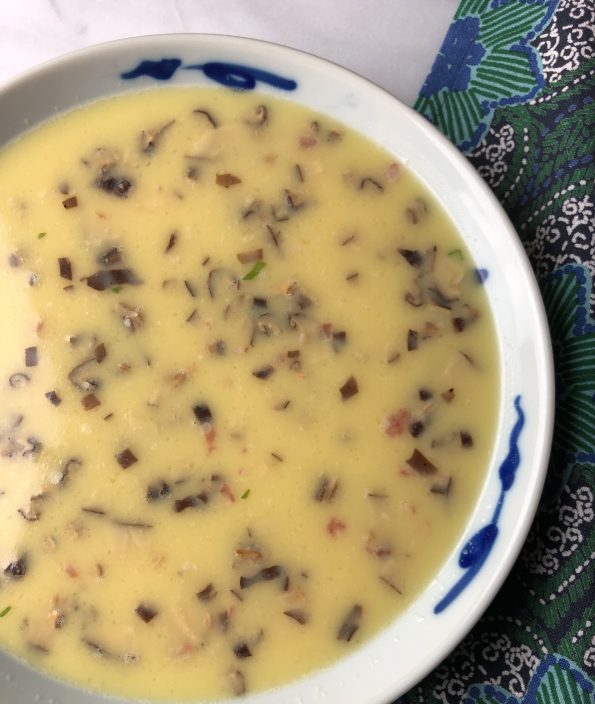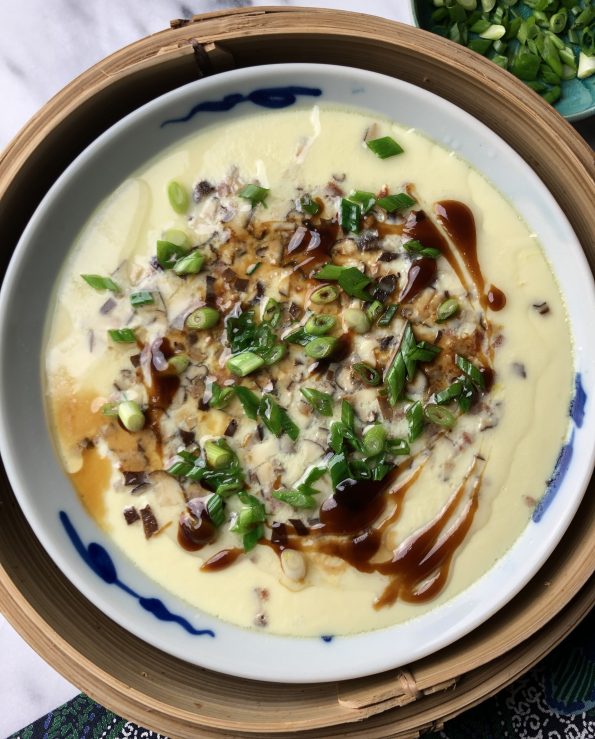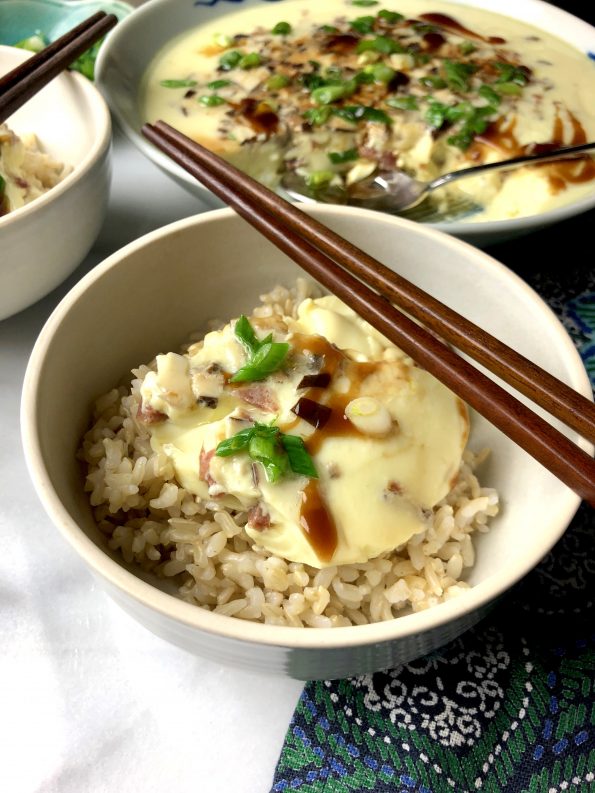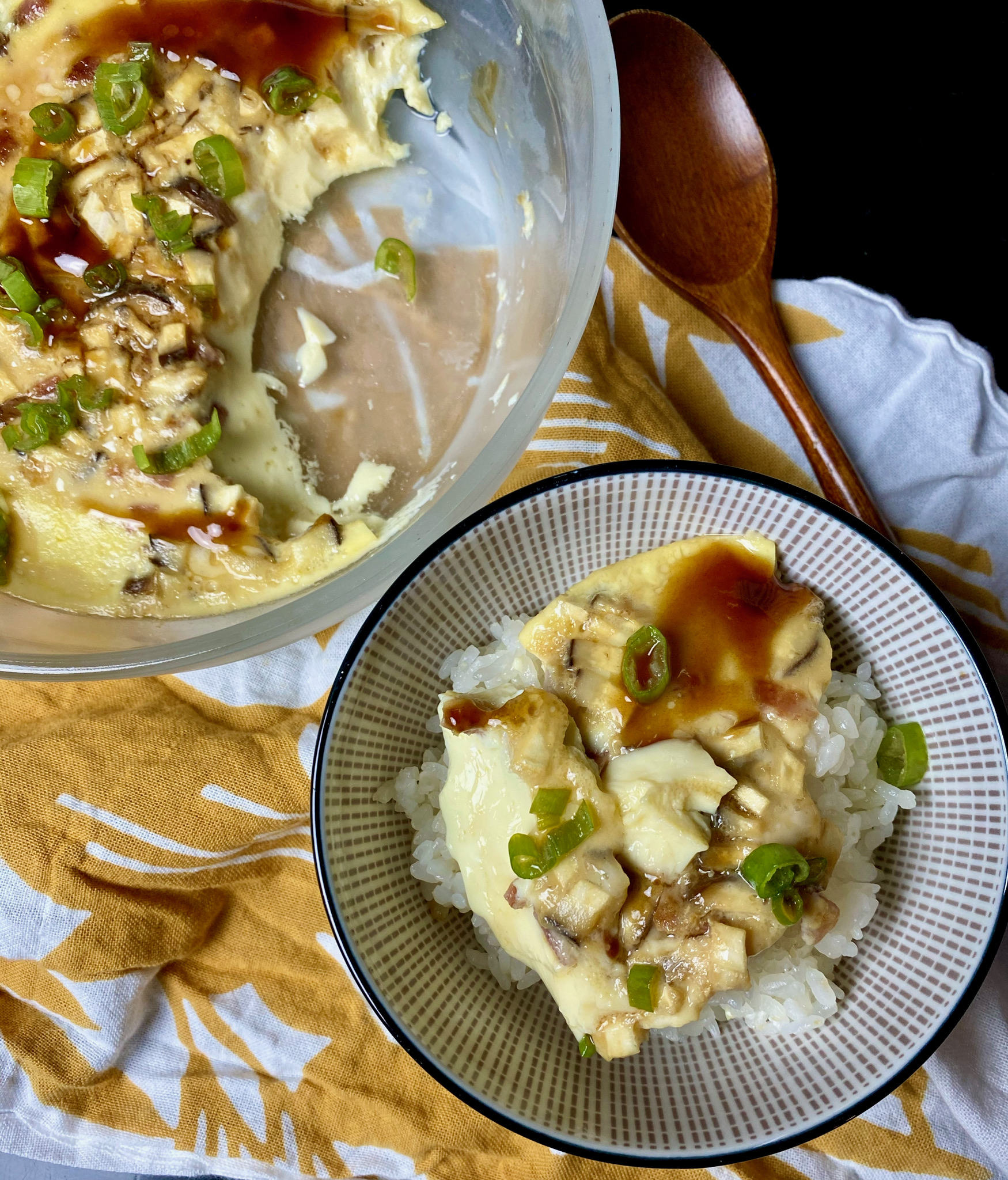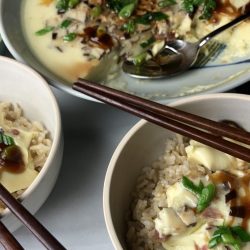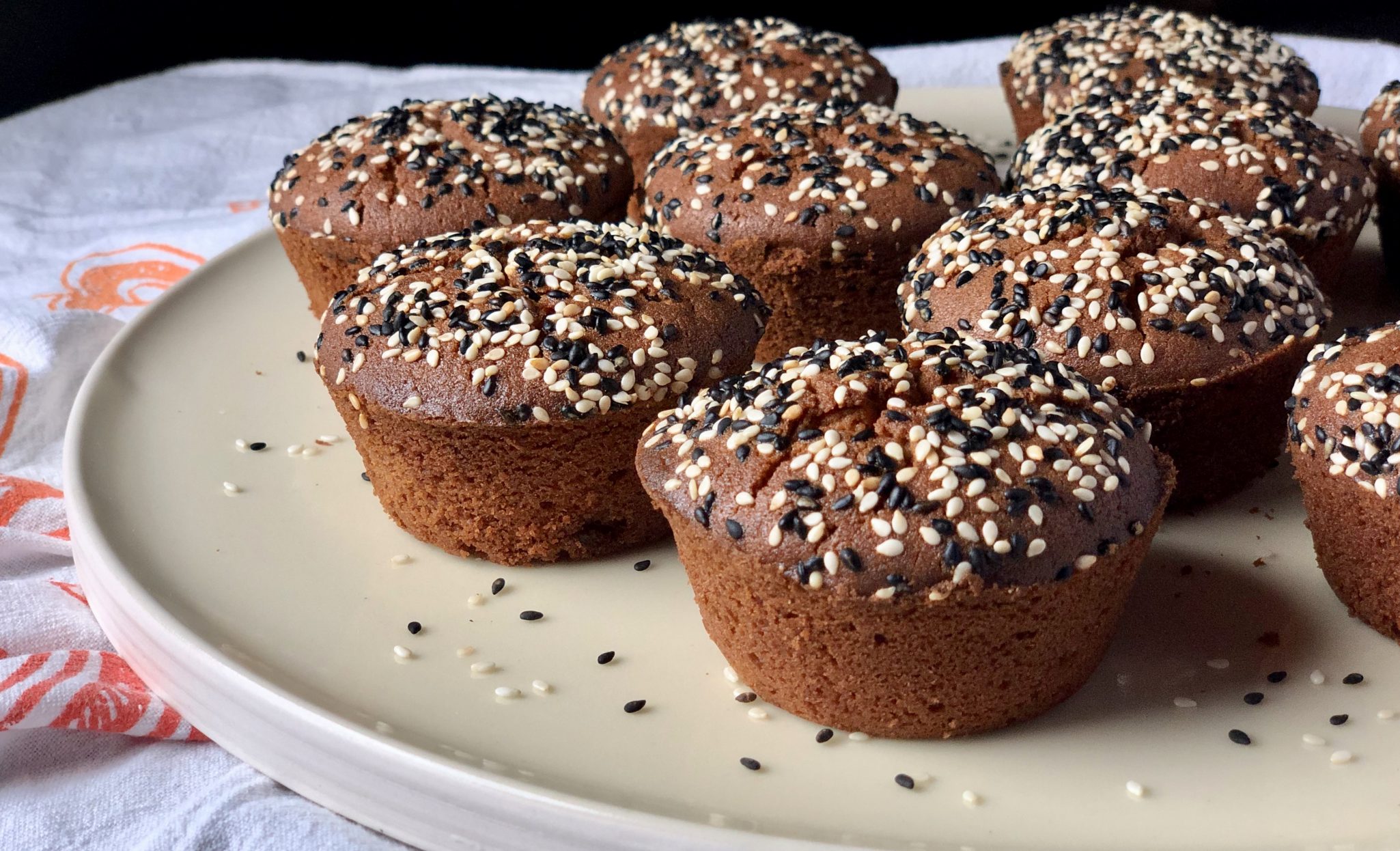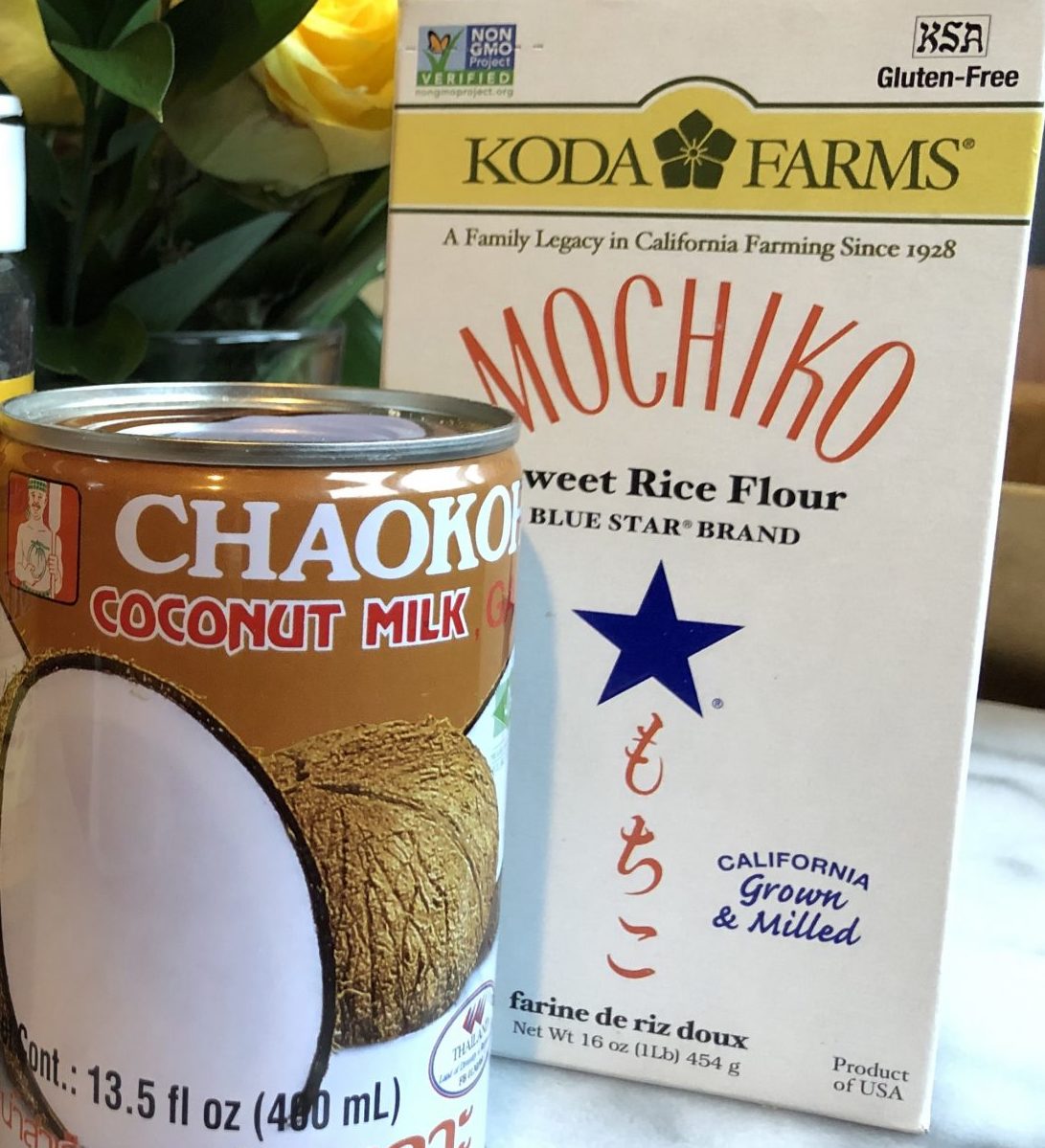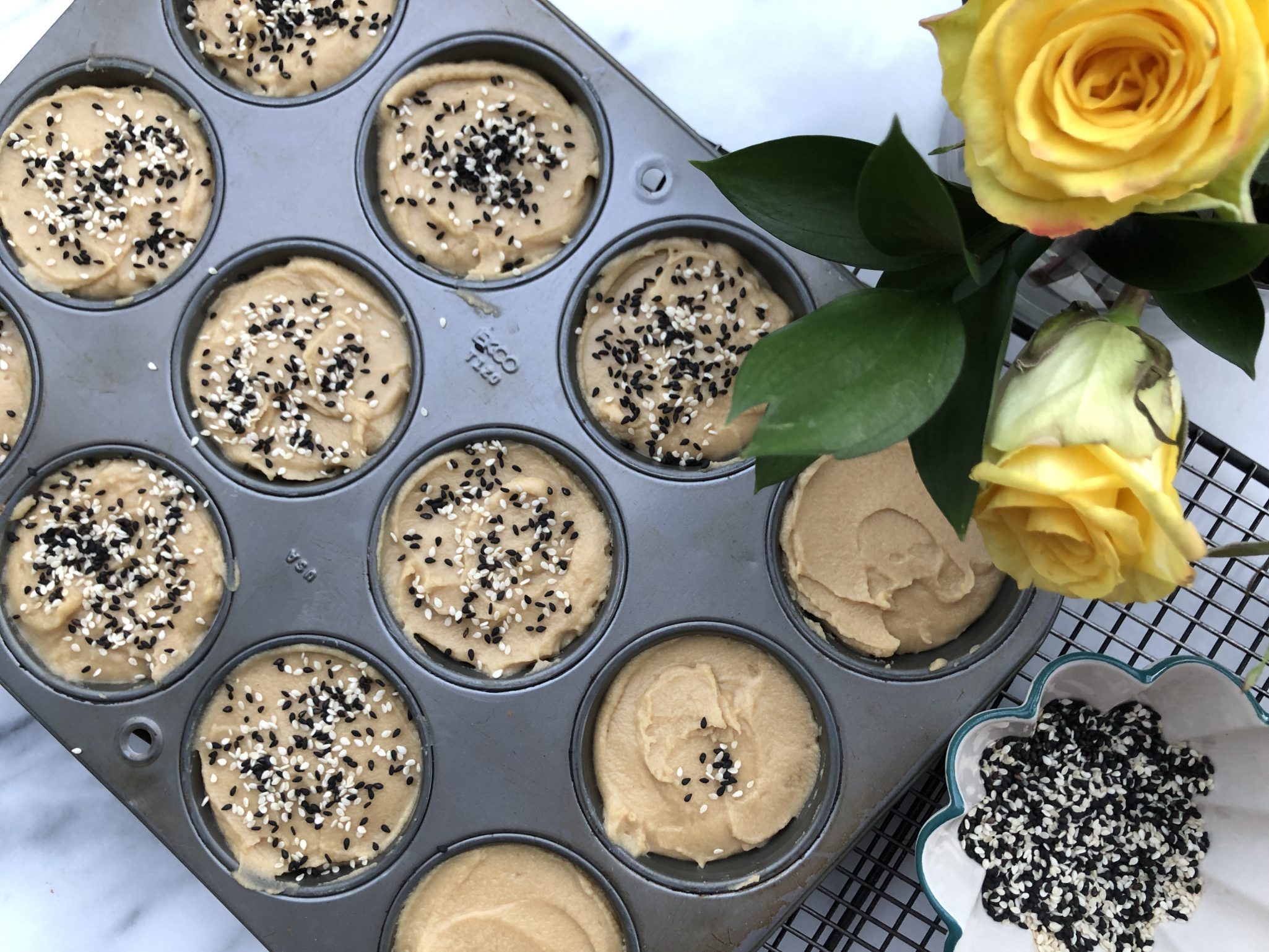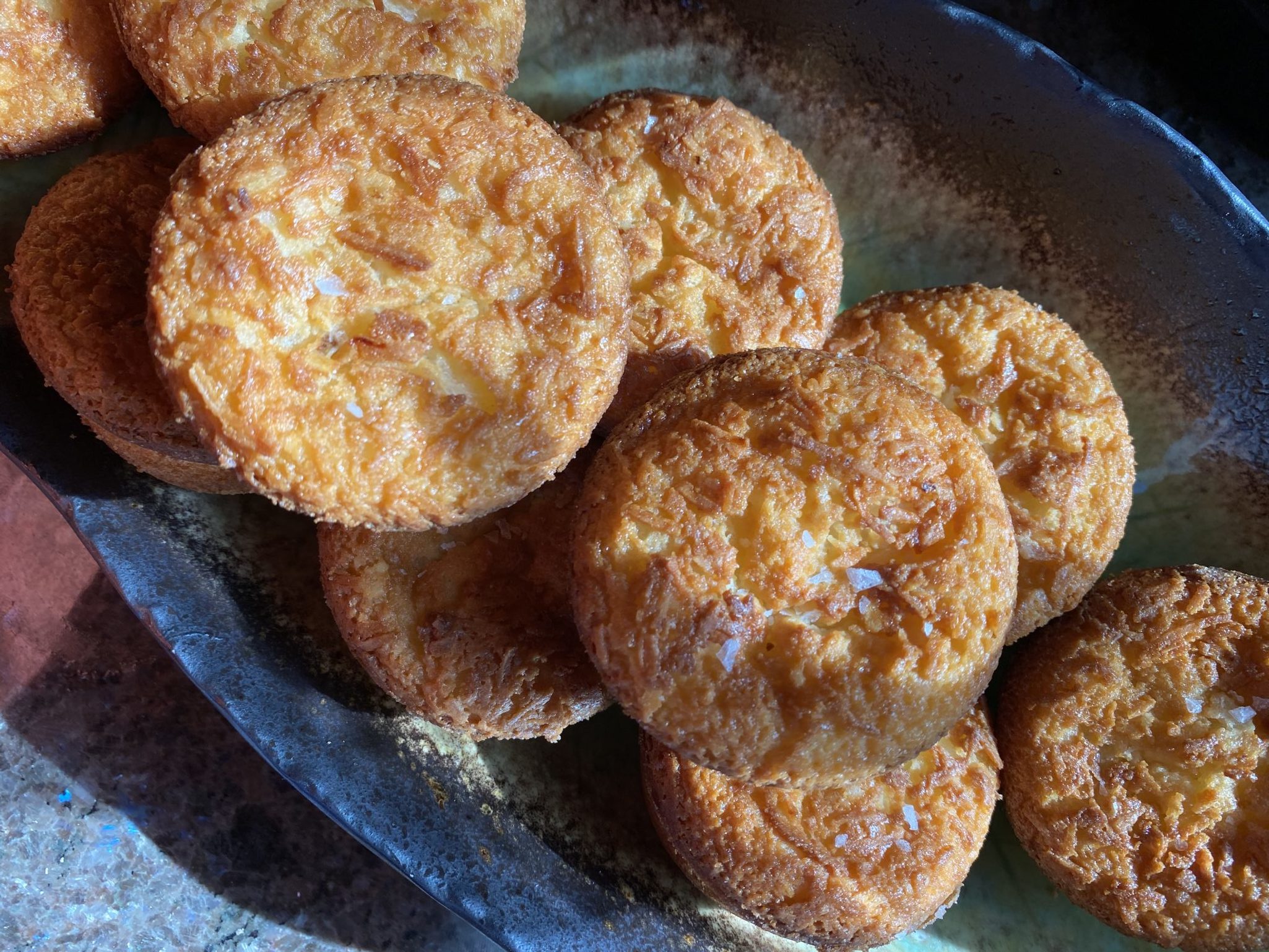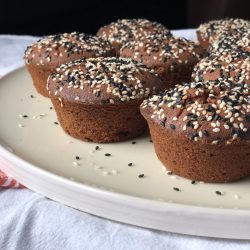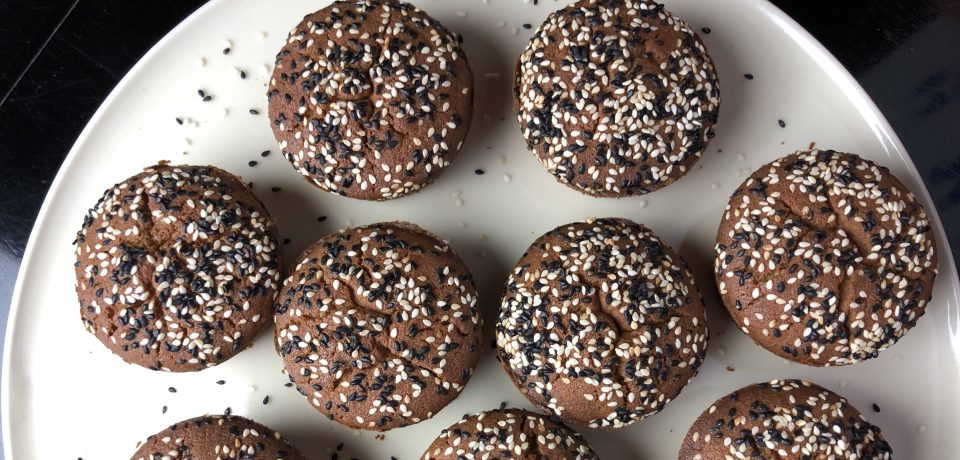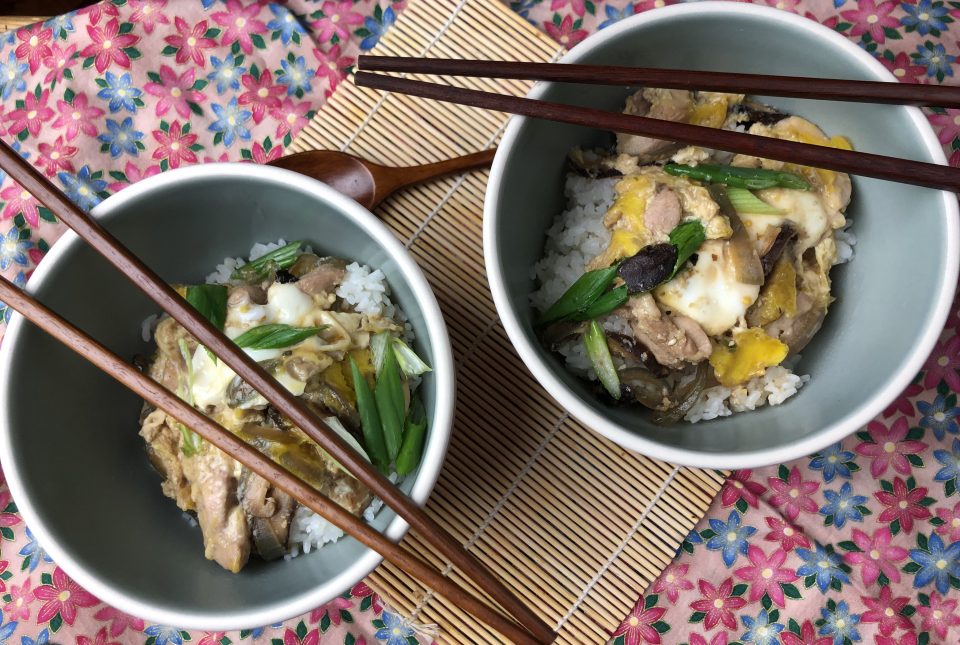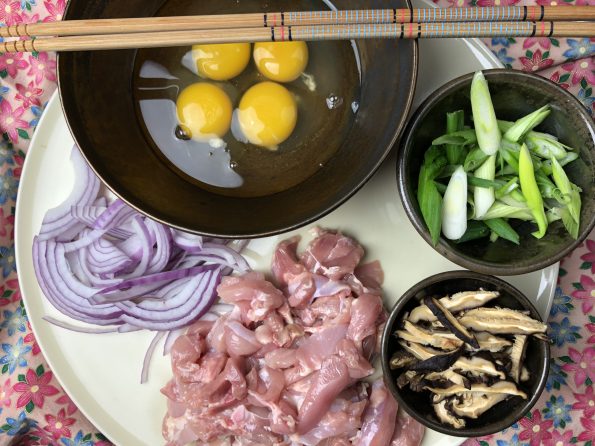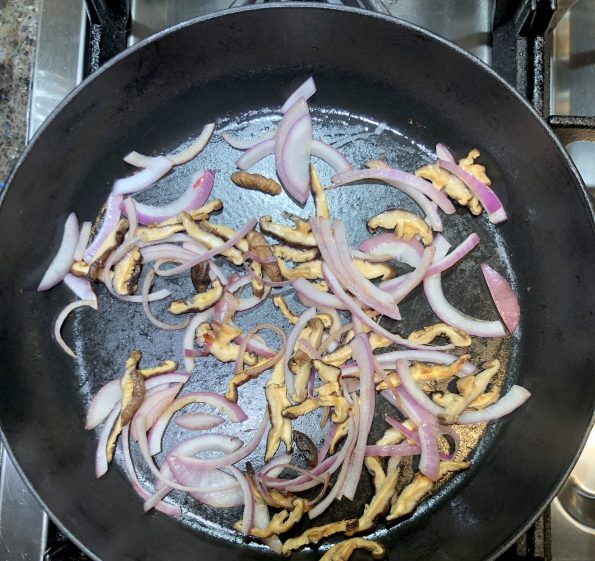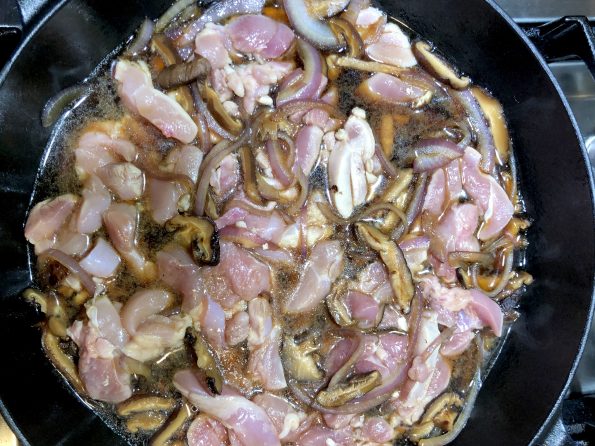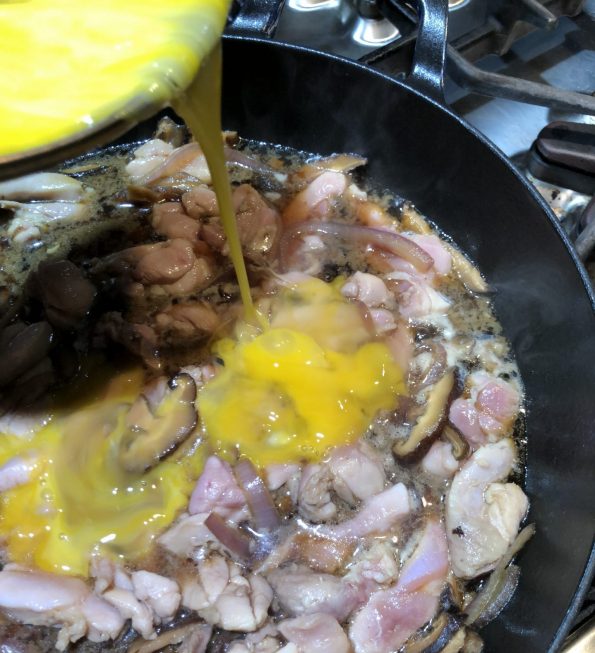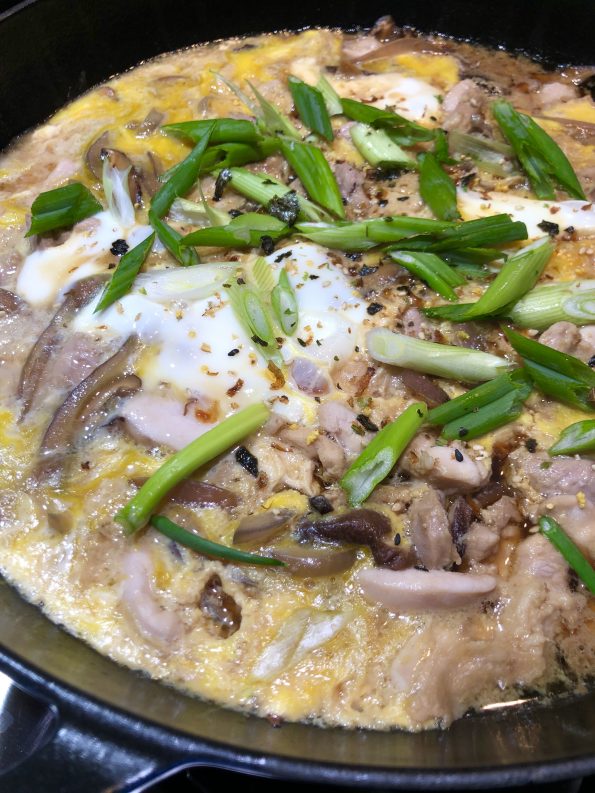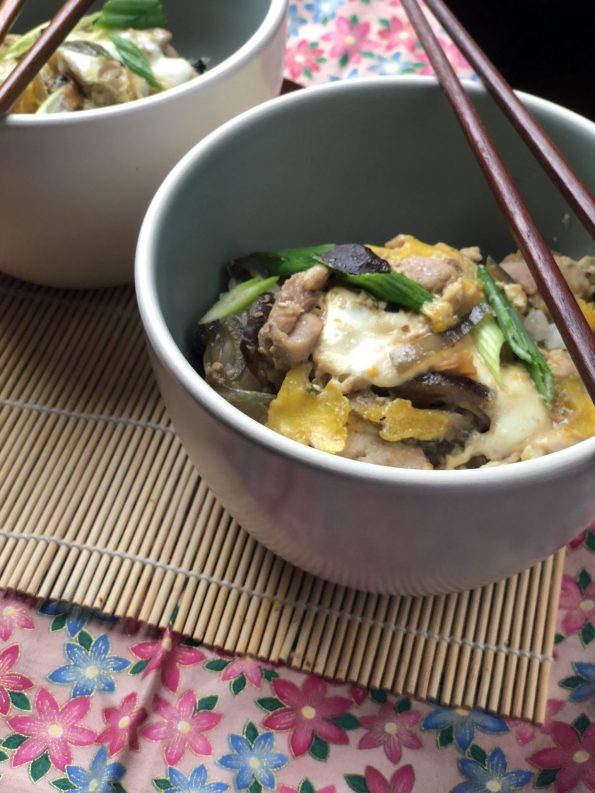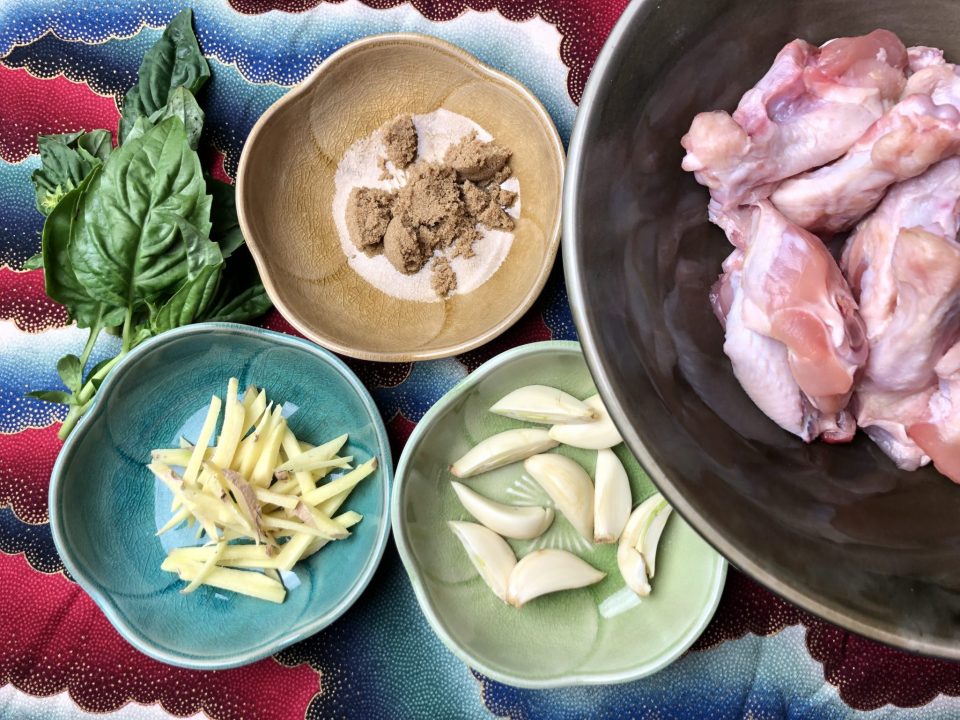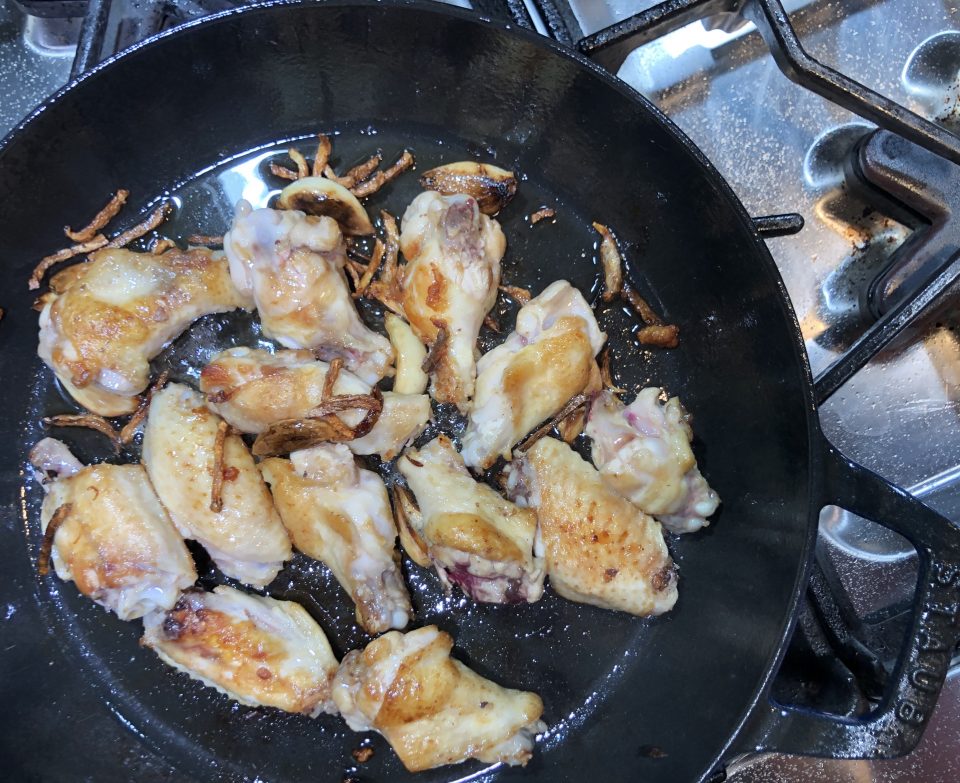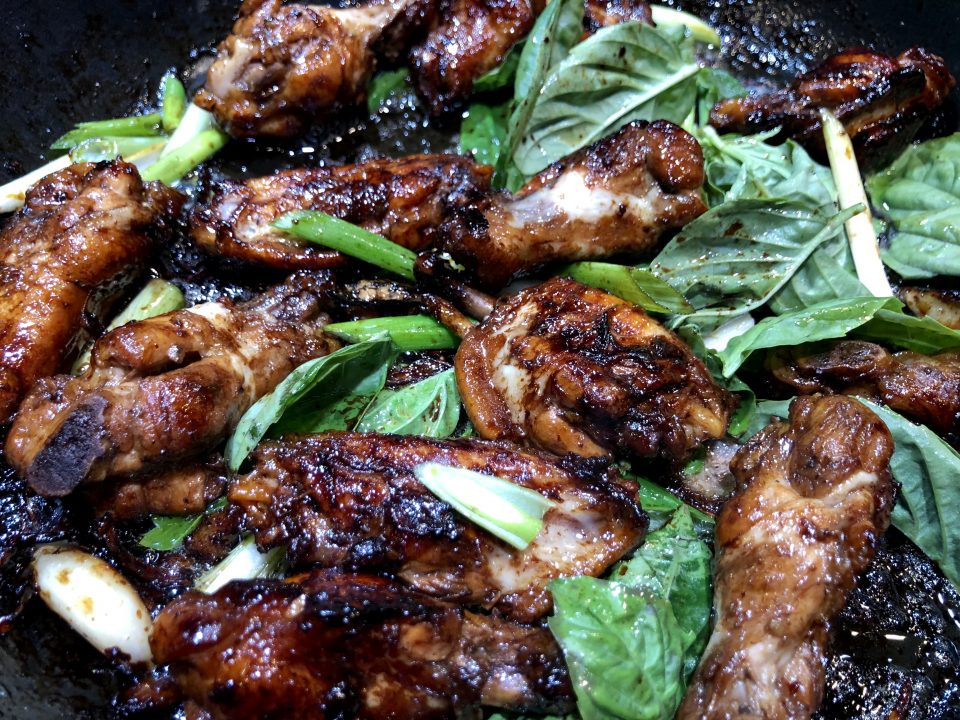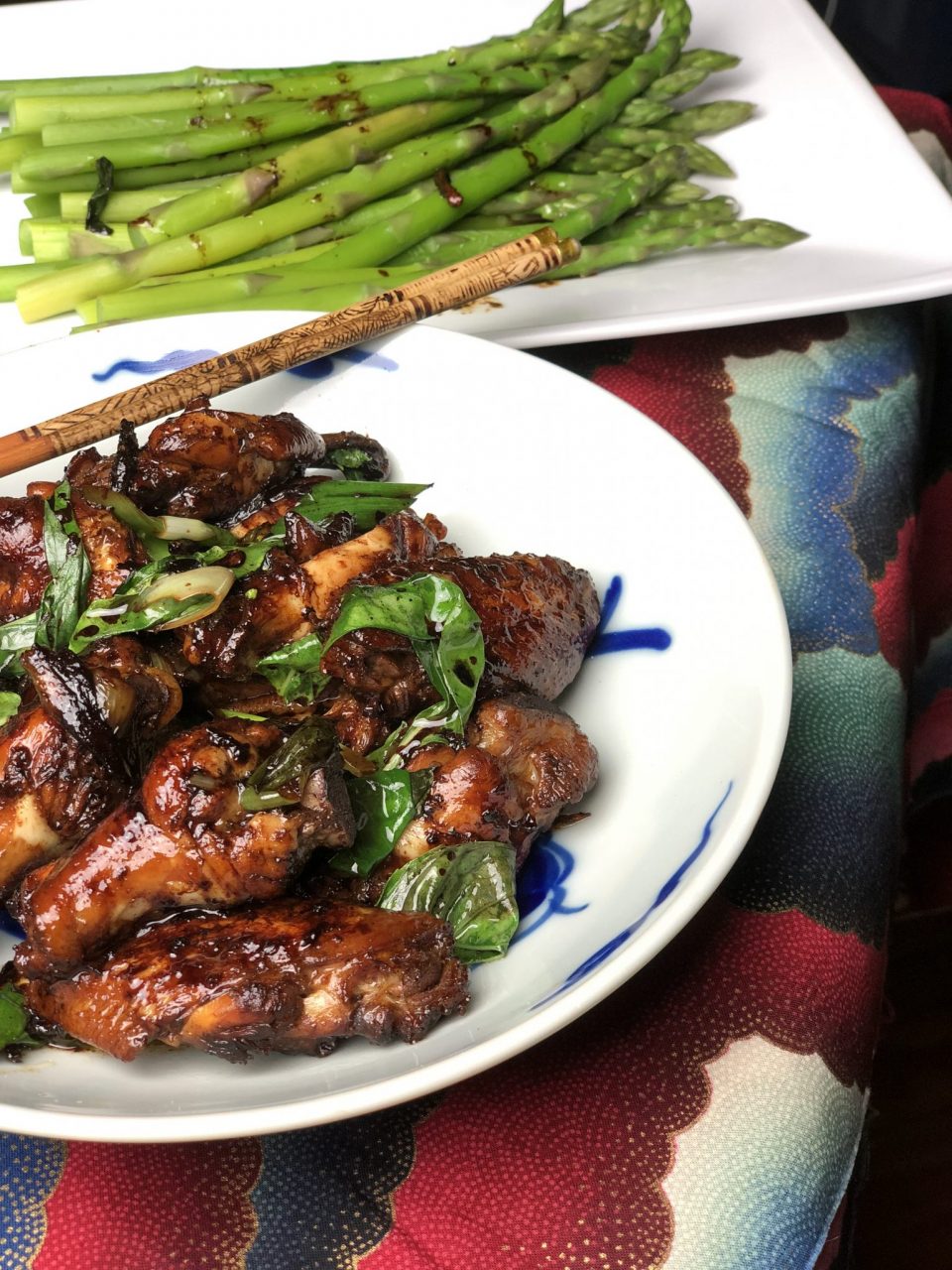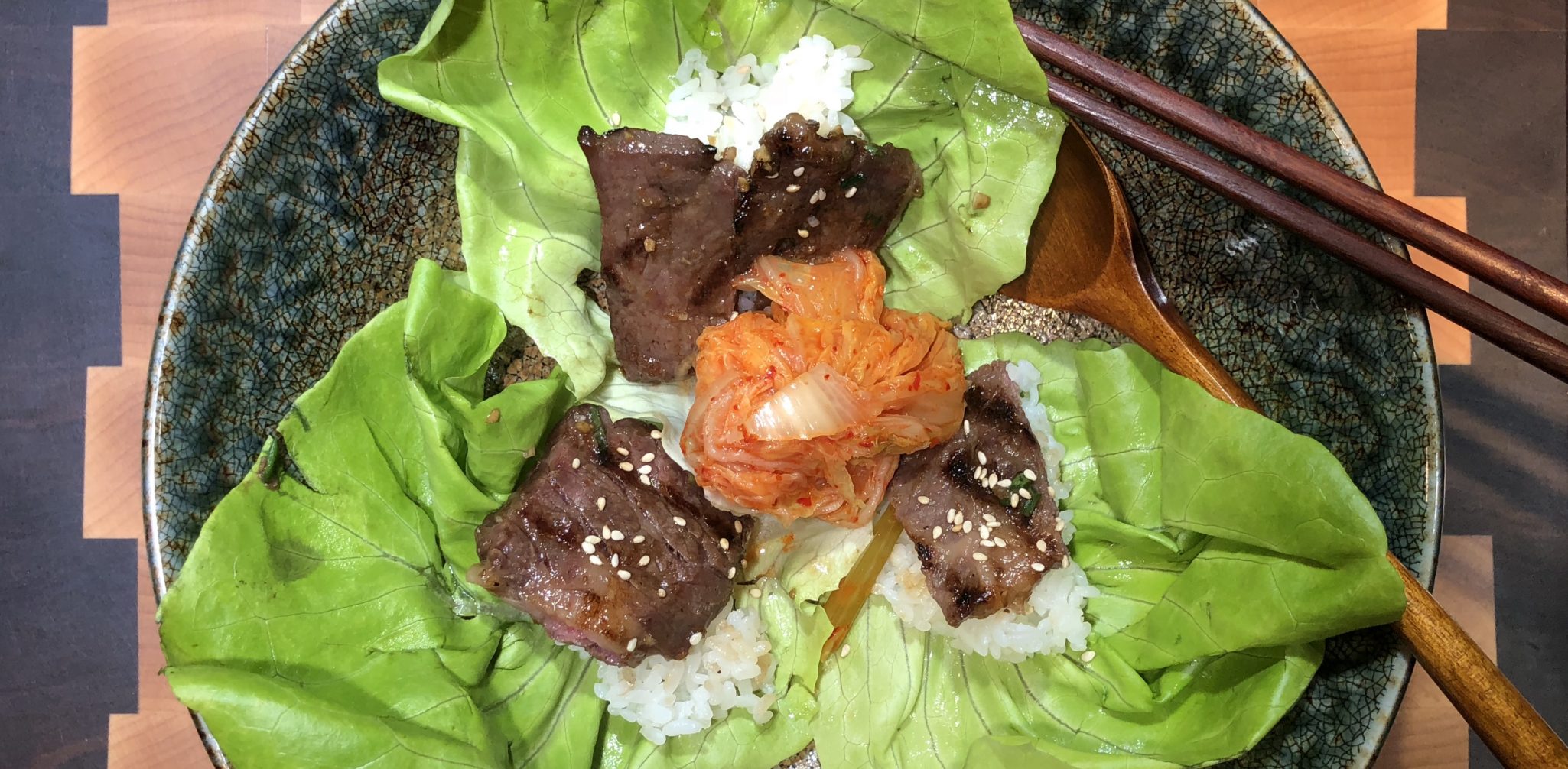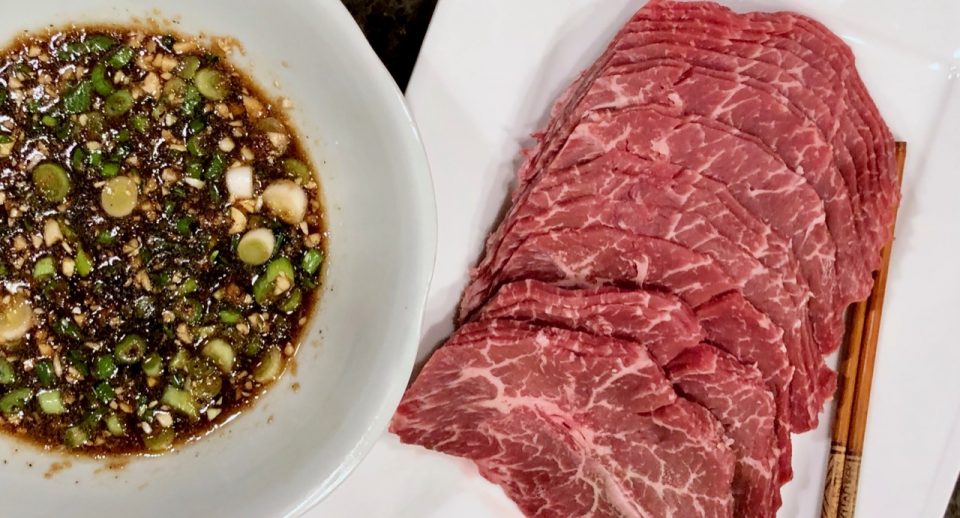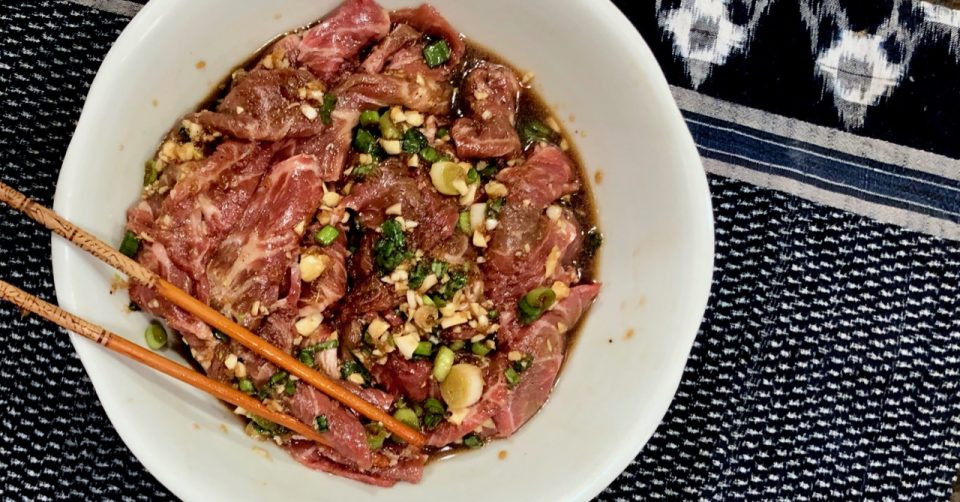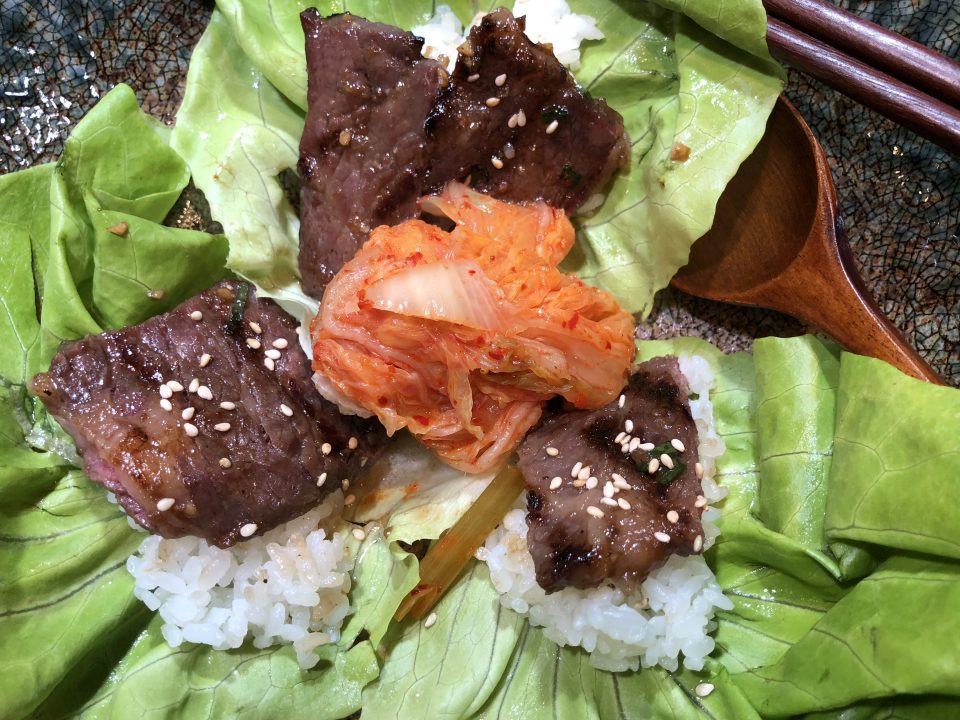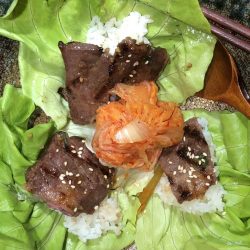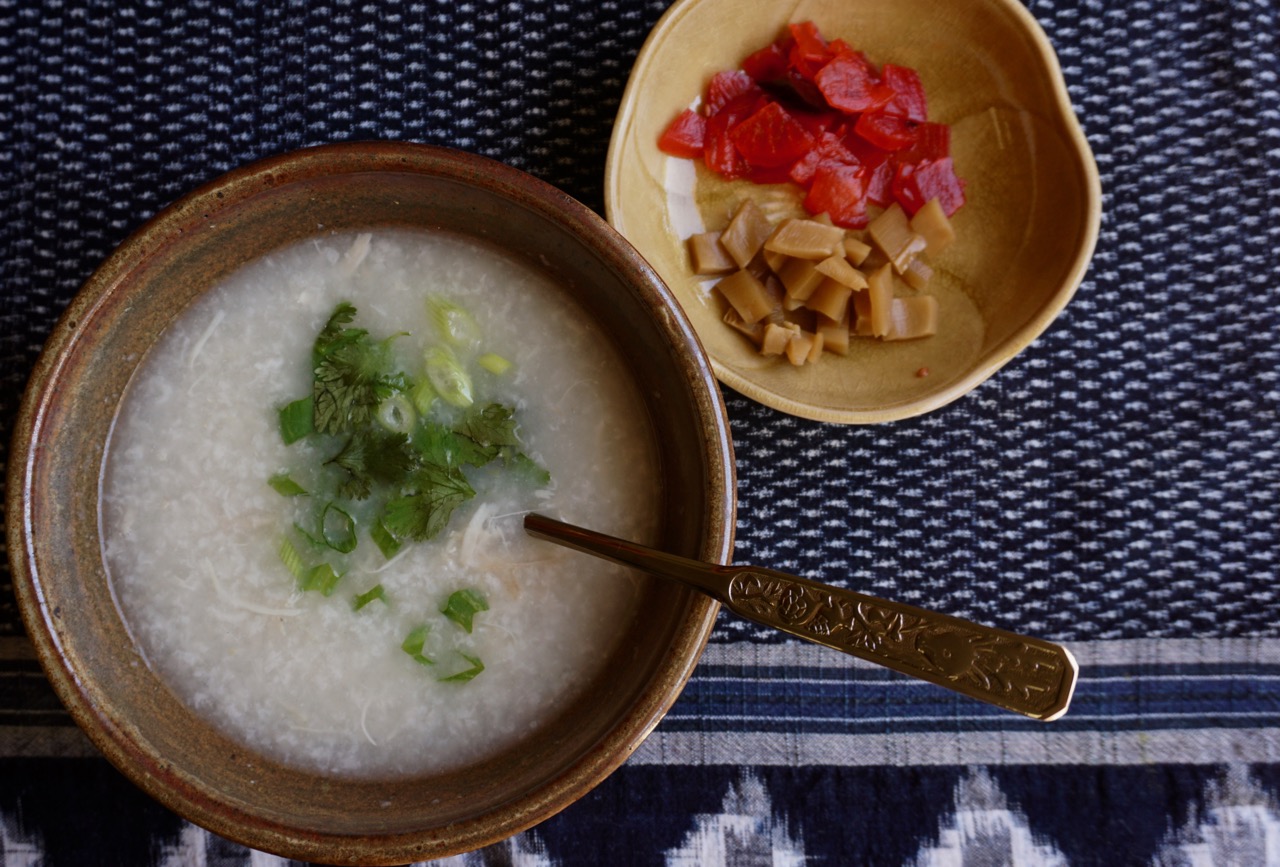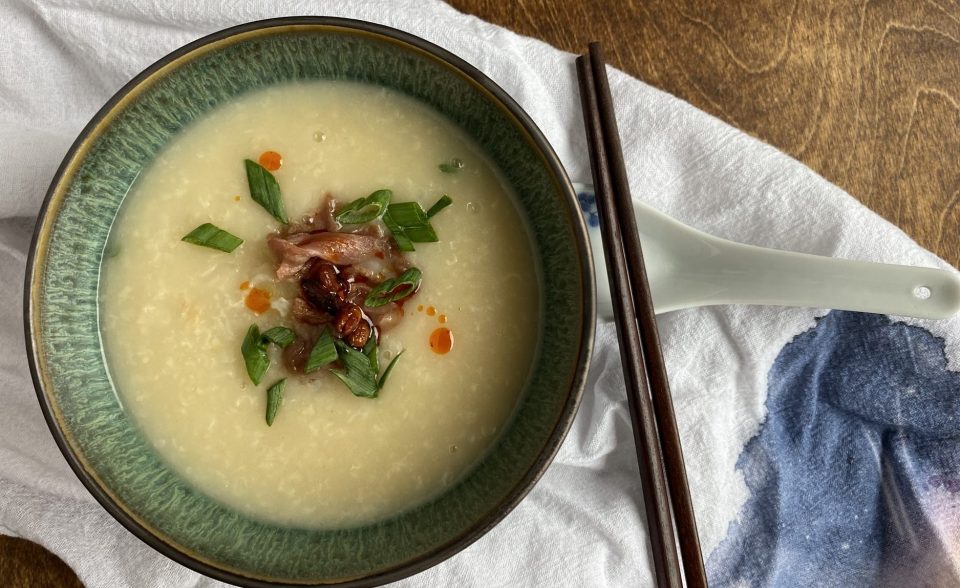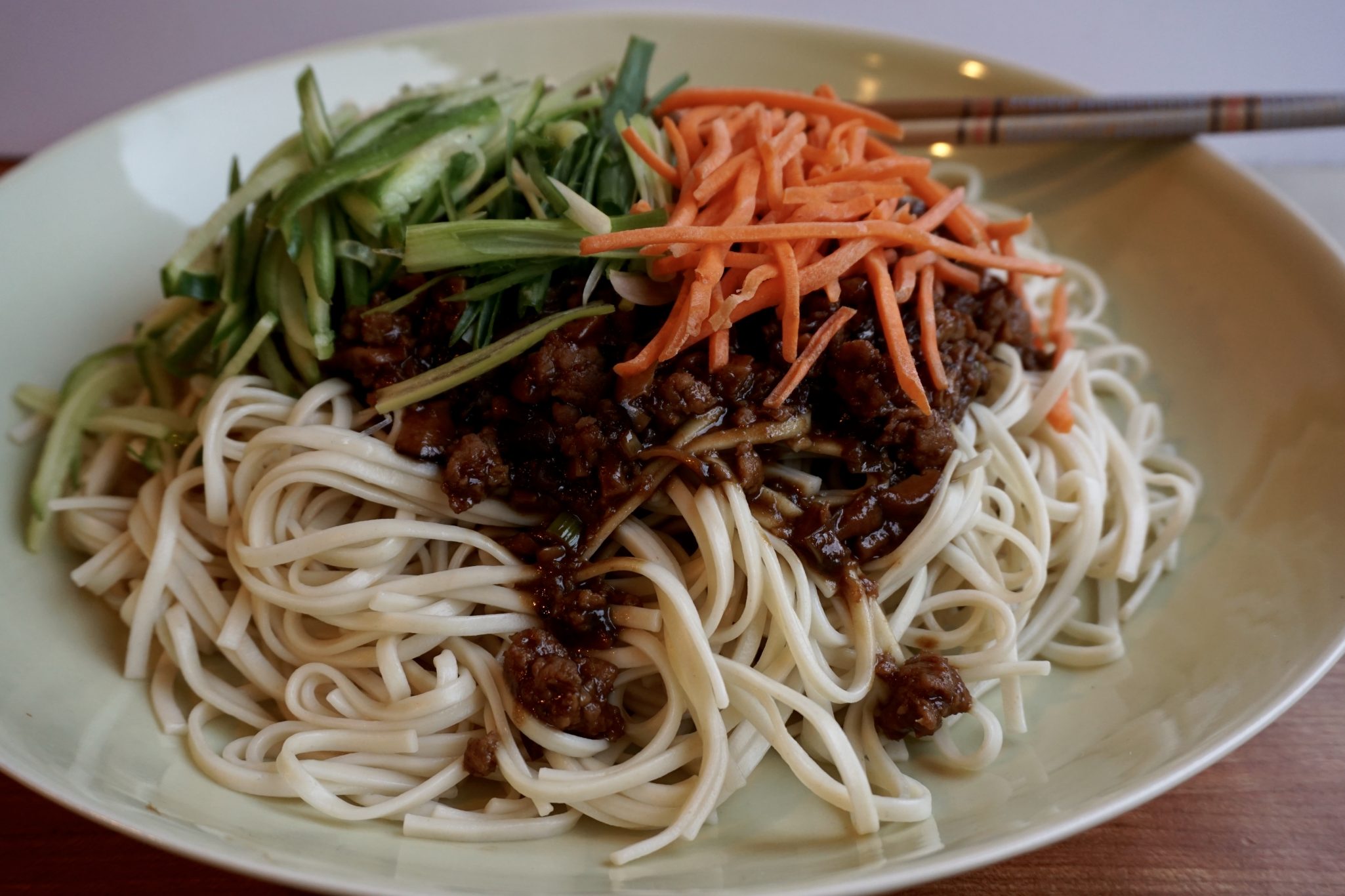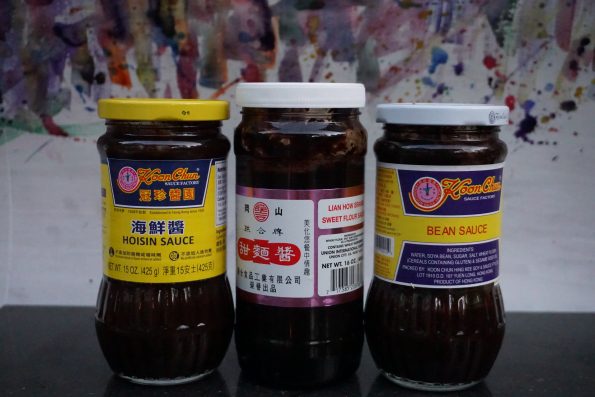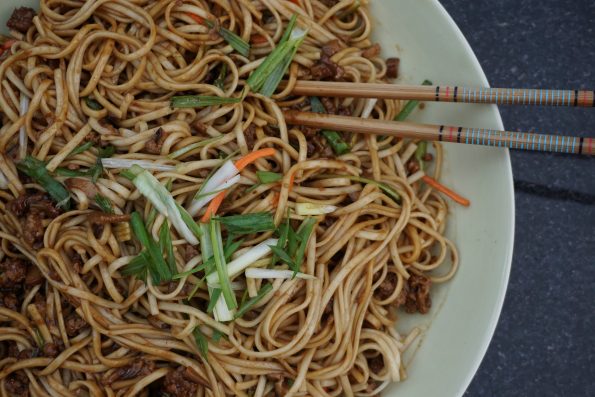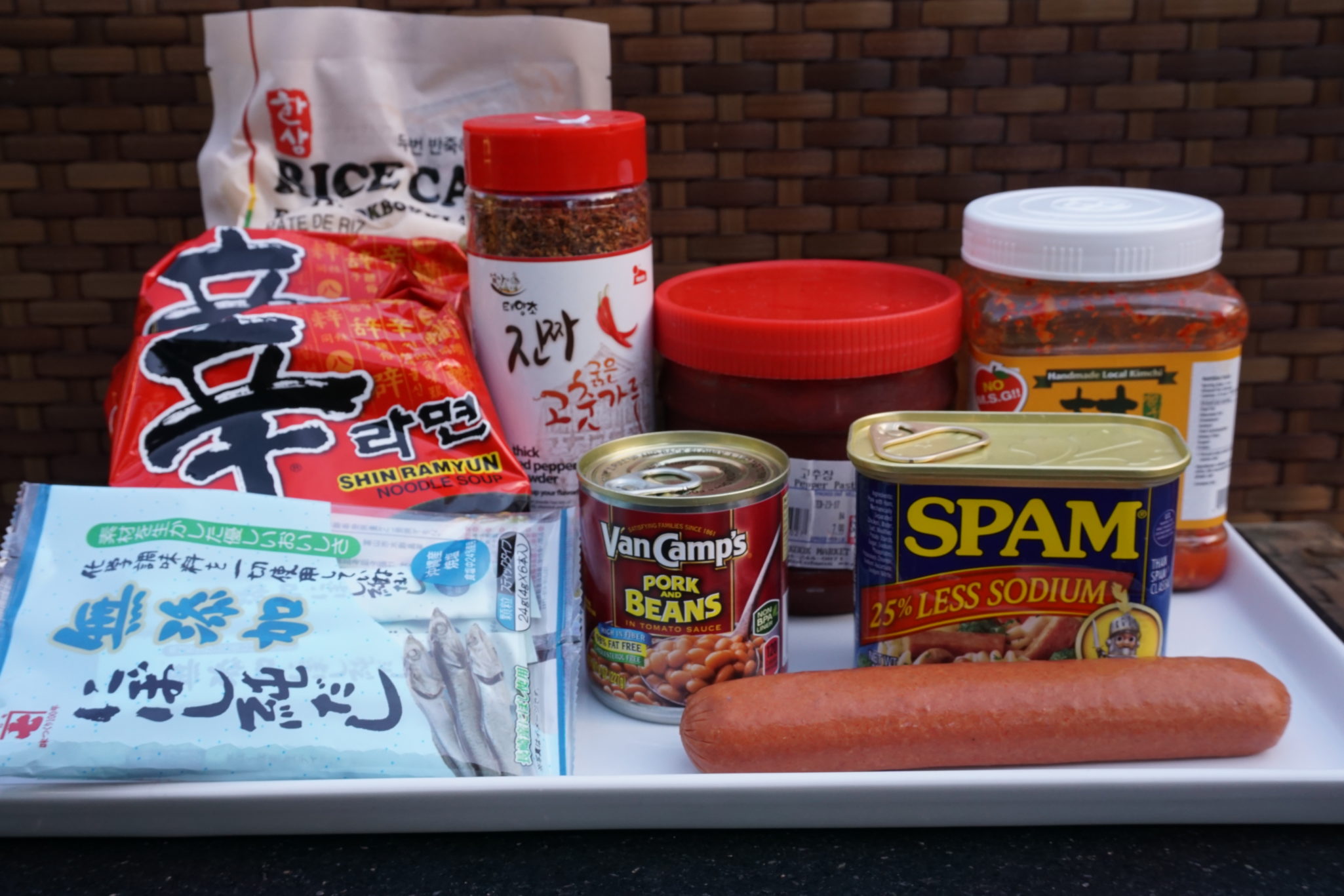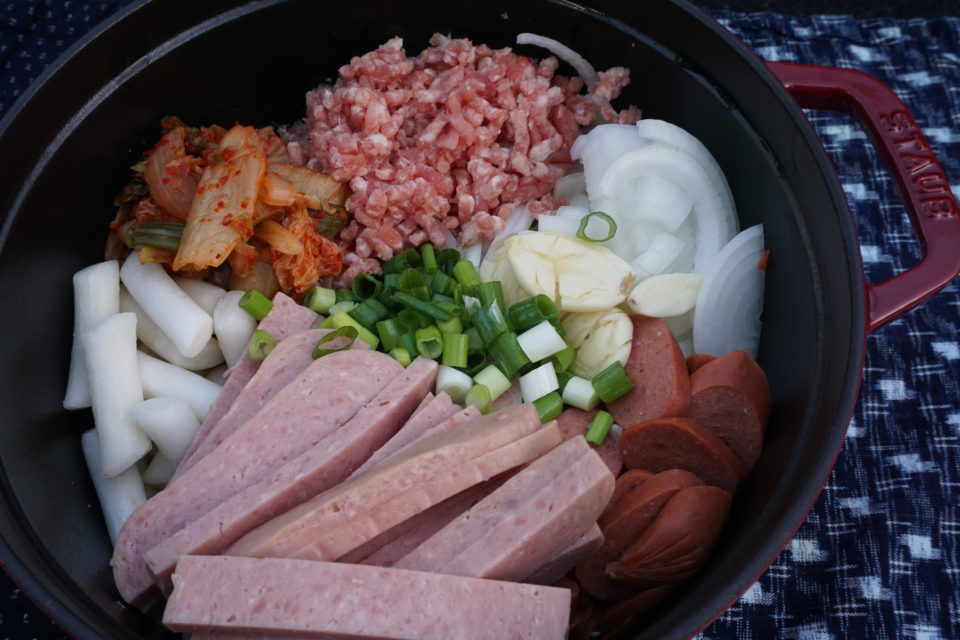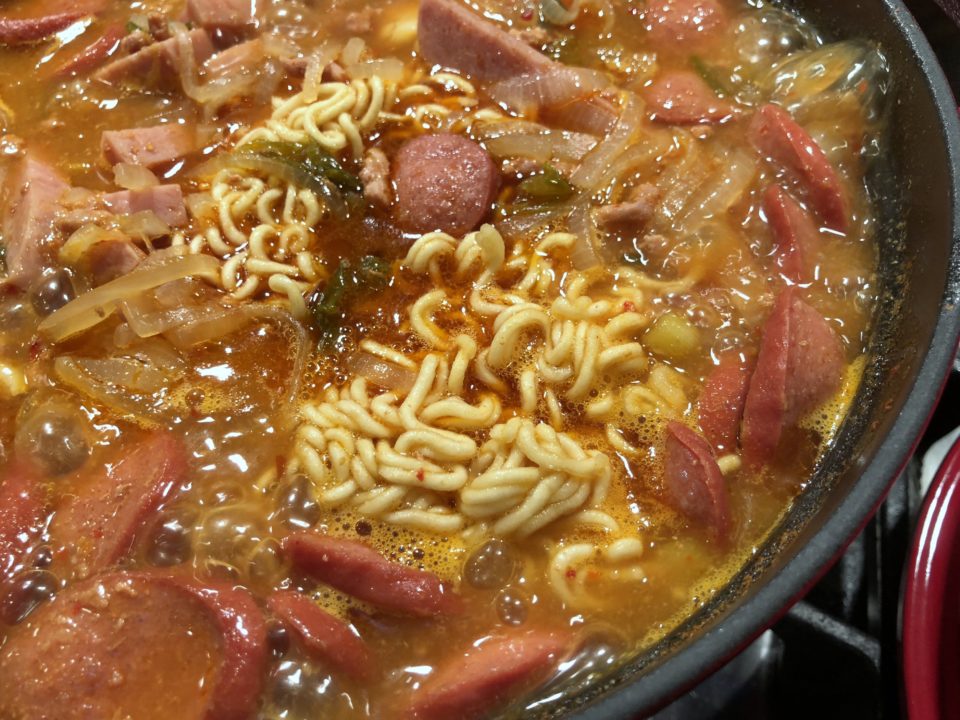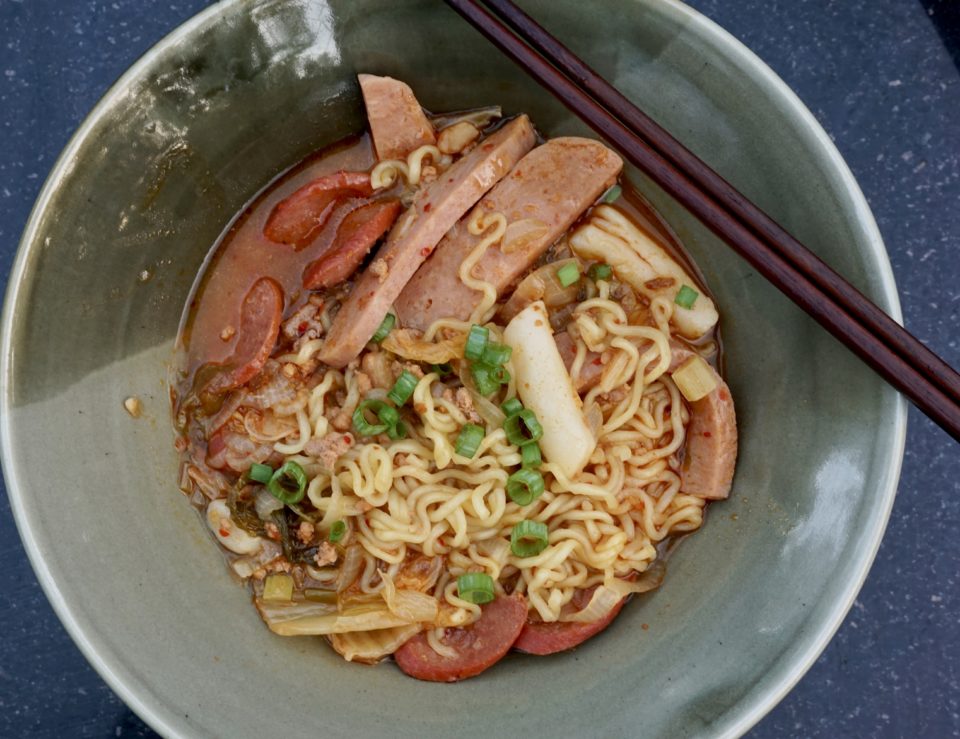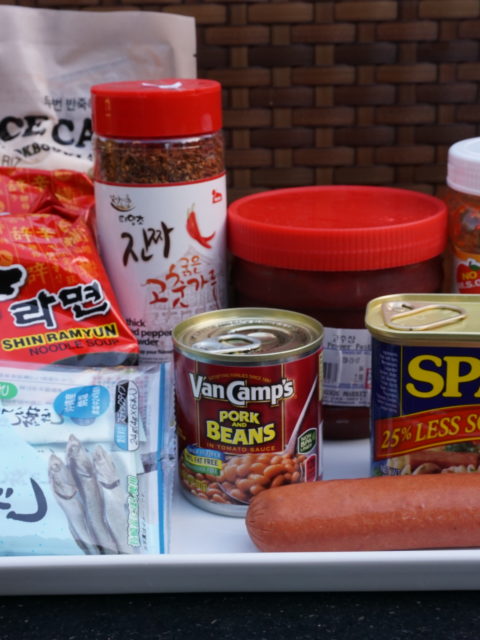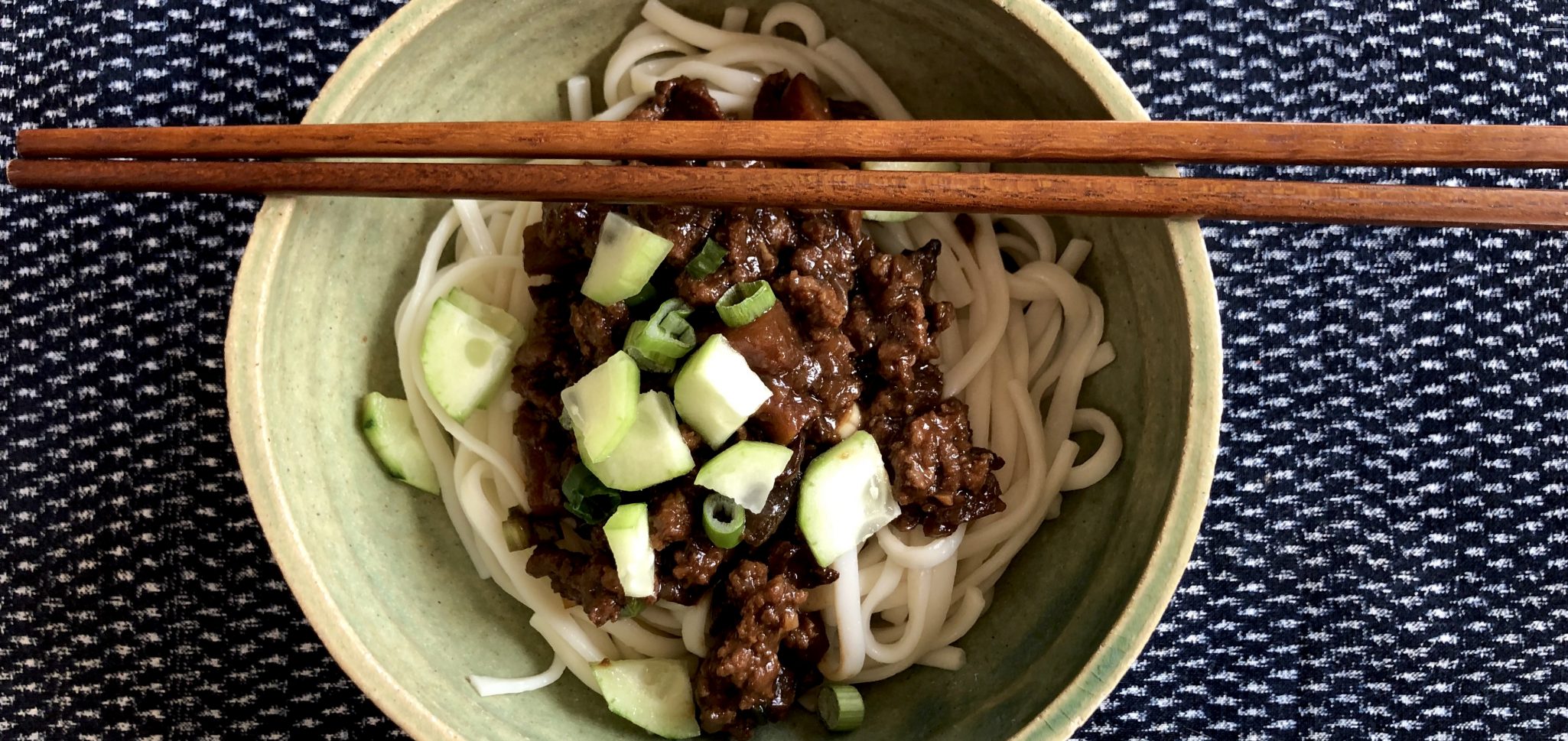
Jajangmyeon: K-C & The Sunshine Noodle Bowls
Another cold and rainy day in normally sunny California. To combat the soggy blues I pulled out my favorite therapy tools. A pot, a bowl, and a package of NOODLES. When you think comfort food, don’t tell me a fork, a knife, and a plate pop up in your mind. Me? A bowl, a big spoon, and a pair of chopsticks, that’s what I reach for.
The plan was to make a bowl of yummylicious noodles, curl up on the sofa and watch the new episode of Romance is a Bonus Book on Netflix. Yes, my current favorite Korean series.
I had a hankering for Zha Jiang Mian for my “TV dinner” which got me thinking why not a mash-up of the Korean & Chinese versions of Zha Jiang Mian? I started with my recipe for Zha Jiang Mian, I didn’t want to re-invent the wheel, I just wanted to tweak it. The sauce for my original recipe contains pork, aromatics, and the bean pastes. Veggies are julienned and added to the finished dish. I love the play on textures, the crunch of the cucumbers and carrots with the soft noodles and flavor-packed sauce filled with chunks of ground pork, it’s delicious.
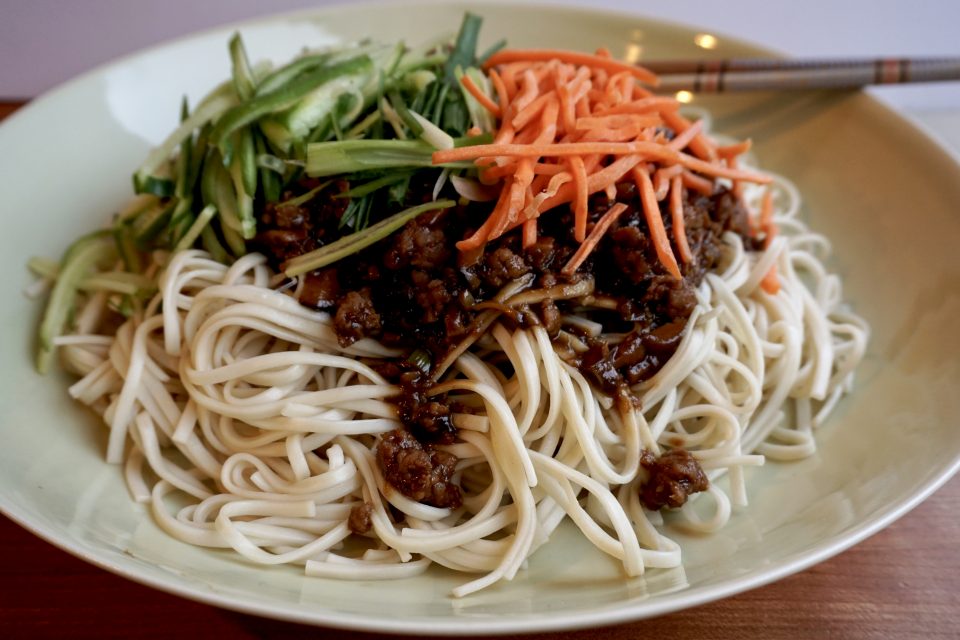
Contrast this with the Korean version 짜장면 where a variety of veggies are cooked in the sauce. The play on textures is much more subtle but just as yummy. A variety of veggies went into my K-bowl version. I used diced zucchini, carrots, and potatoes. The carrots added some bite, the zucchini added moisture and that characteristic melt-y center and crispness from the skin. But my favorite addition is the diced potatoes (Yukon, don’t use Russets, too starchy). Potatoes have a characteristic dense, yet creamy feel, so good-like the center of perfectly cooked potato wedges. I used ground pork in my K-version, but often the pork is diced like the vegetables. Your choice.
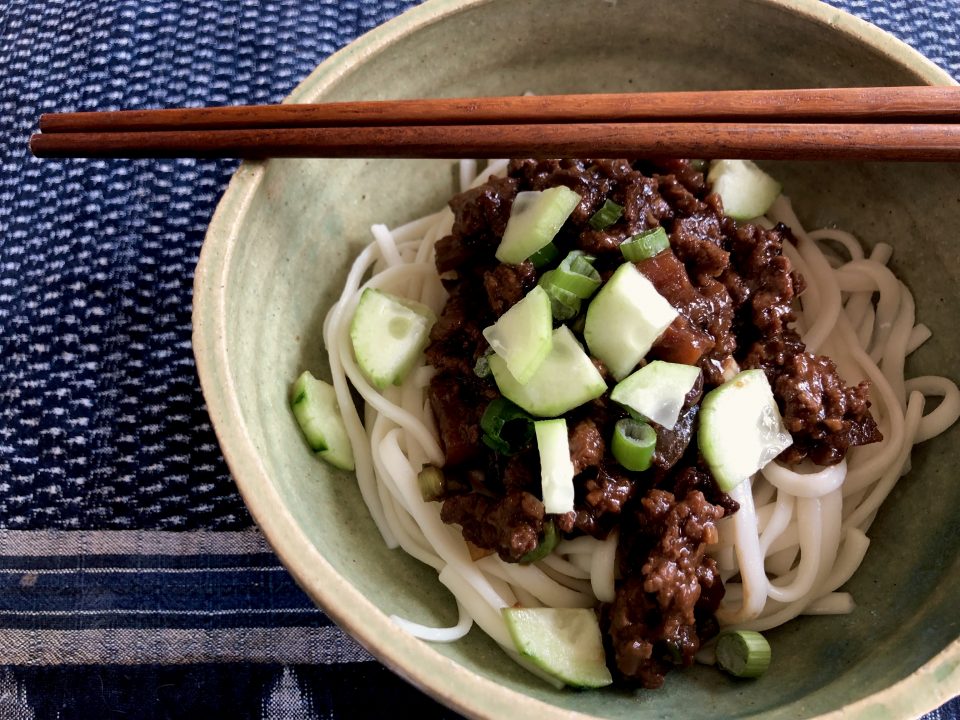
Try both versions and tell me which one you like best although I think you’ll find both are equally delicious!
Zha Jiang Mian 2 Ways
Ingredients
- 6 oz. ground pork
- ¼ teaspoon salt
- 1 teaspoon cornstarch
- ½ teaspoon oil plus 1 tablespoon
- ⅛ teaspoon white pepper
- 3 slices ginger minced finely
- 4 cloves garlic minced
- 2 tablespoons sweet bean sauce I used 2 T Hoisin/1 T Sweet Ben Sauce
- 3 tablespoons ground bean paste Reduce to 2 T
- 1 tablespoon dark soy sauce
- 1 cup water
- 8 oz. fresh noodles flour-based noodle. Fresh or dry. I've used udon and a combination of spinach and plain
Additional Chinese Ingredients
- 4-6 fresh shiitake mushrooms* finely chopped
- 1 cup julienned carrots
- 1 cup julienned cucumbers
- ½ cup julienned scallions garnish
Additional Korean Ingredients
- 3 fresh shiitake mushrooms diced
- 1 medium Yukon Gold Potato* 1/2 inch dice for Korean version
- 1 small zucchini 1/2 inch dice for Korean version
- 1/2 cup carrots 1/2 inch dice for Korean version
- 1/2 small yellow onion diced
- 1/4 head cabbage shredded, optional
- 1/2 cup green onions chopped
- 1/2 cup cucumbers diced
Instructions
- Marinade the pork with the following for 15 minutes: ¼ teaspoon salt, 1 teaspoon cornstarch, ½ teaspoon oil, ⅛ teaspoon white pepper.
- Heat a tablespoon oil in your wok over medium heat, add the marinated ground pork to the wok. Cook for a minute to brown it, and then add the ginger, garlic, and mushrooms* Stir fry everything together for another 2-3 minutes.
- **Add the Hoisin, sweet bean sauce, bean paste, dark soy sauce, and water, stirring everything together well. Lower the heat and cover the wok. Simmer the sauce for 15-20 minutes, stirring occasionally to prevent sticking.
- Meanwhile, cook the noodles according to the package directions.
- Top noodles with the sauce and garnish with the julienned carrots, cucumbers, and scallions.
Korean Style*
- Stir fry pork, ginger, and garlic for 30 seconds add diced vegetables. Stir fry for 2-3 minutes. Continue with recipe**
- If you like, add shredded cabbage in the last couple of minutes of cooking.
- Place a mound of noodles in your bowl, top with sauce and garnish with cucumber and green onions. Plop yourself down in front of the telly and enjoy!
